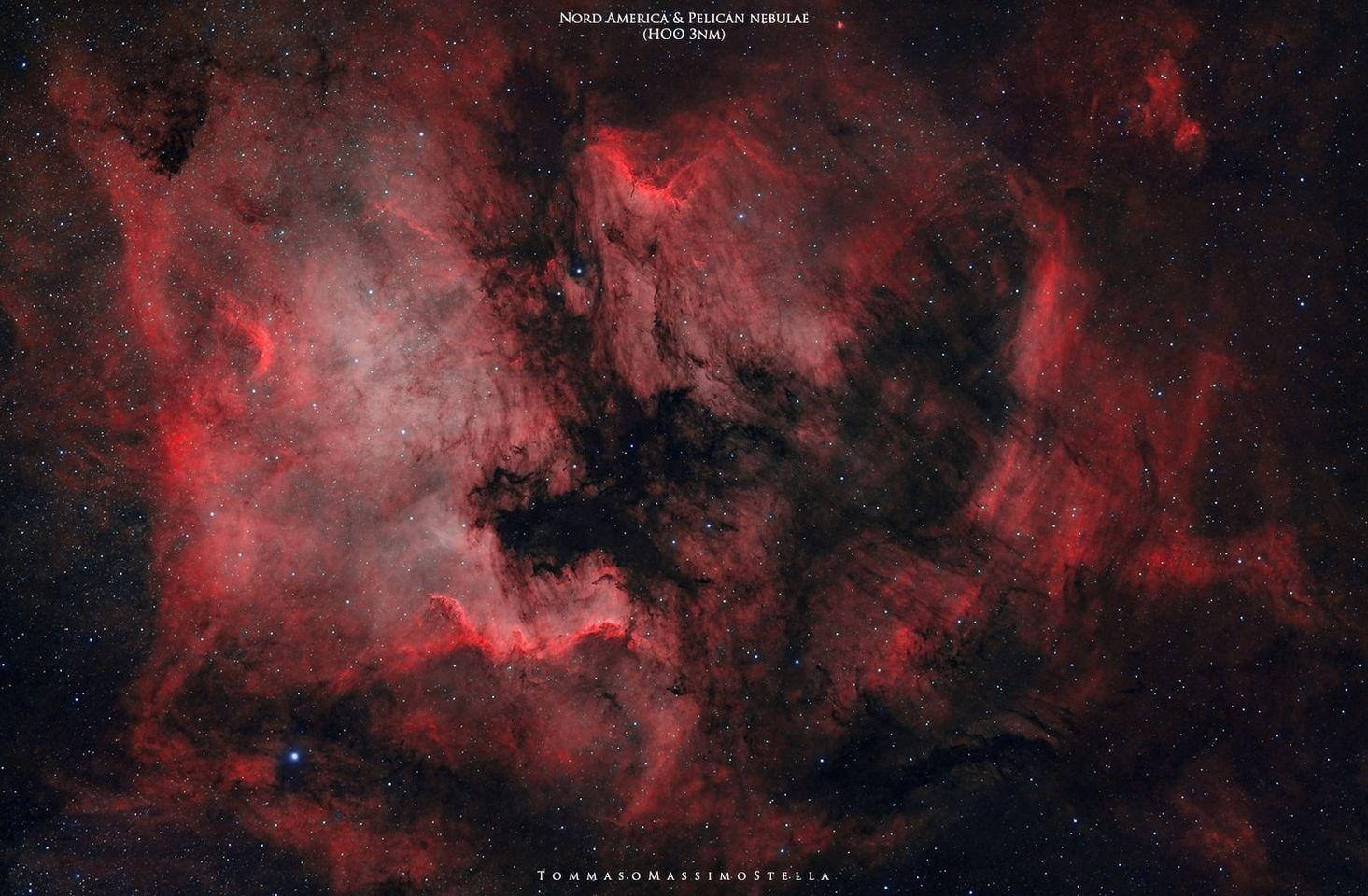Testing Optolong 3nm Ultra-Narrow band filters on North American Nebula and Pelican
Testing Optolong 3nm Ultra-Narrow band filters on North American Nebula and Pelican
By Tommaso Massimo Stella (Italy)
Finally, after months, I was able to test some of the new optolong astronomy filters at 3nm not yet on the market (I'm a beta tester).
This is a short test (only 3 hours) made under my sky bortle 9 and some veils.
12 900 second exposures of h alpha 3nm only with small takahashi fs-60cb reduced to f/4.2 with colour camera (important because this test will give a lot of guidance on using osc)
North American nebula and pelican

For colors, I chose the Hubble palette that NASA used with images from the Hubble telescope.
The implementation requires the use of three interferential filters passing through very narrow bands (3nm) of the spectrum to capture emissions of: ionised hydrogen (h ii), ionised oxygen (or iii) and ionised sulphur (s ii).
When constructing the image, the three channels are associated with the usual RGB combination:
Sii -> red
Ha-> green
Oiii -> blue
The aim is to better distinguish the areas of each of the three gases.
Testing of new Optolong astronomy filter very narrow band (3nm) filters.
Performed under acceptable conditions:
1-colour chamber
2 small aperture telescope
3-focal ratio close to 4, critical for very narrow filters
4-sky bortle 9
The results have been very good, and they certainly almost completely solve the problem of light pollution, provided that we are satisfied with photographs of emission nebula.
The use of the colour chamber took only a few more steps in processing, and I will tell you about bayer's matrix response and how to use all the possible signal without reducing it to 1/4.
In post processing I avoided eliminating green (a nonsense in my humble opinion) and I also kept magenta around the stars because it is a characteristic effect of pure sho combination.
Shooting took place on 1,4,27 and 28 October 2021 in Taranto (Italy) at about 20m above sea level.
Lights: 16x900s Ha + 21x600s OIII + 9x900s OIII + 16x900s SII
Sky: Bortle 9
Total exposure: 13,75 h
Telescope: Takahashi FS-60CB + Reducer 0,72x
Camera: QHY 168C
Filters: Optolong Astronomy Filter Ha, OIII, SII 3nm
Mount: Skywatcher AZ-EQ6 GT
Processing: DeepSkyStacker, PixInsight, Photoshop CC

North American nebula and bicolor pelican (hoo).
Testing of new optolong astronomy filter h alpha and oiii at 3nm (not yet on the market) under polluted skies (bortle 8/9) with a colour chamber and limited diameter.
Basic processing, not considering the color of stars.
Unfortunately, the weather has allowed me about three hours per channel, the sii is still missing to compose Hubble palette, and I hope I can finish next week.
Lights: 12x900s (Ha 3nm) + 20x600s (OIII 3nm)
Telescope: Takahashi FS-60CB + Reducer 0,72x
Camera: QHY 168C
Mount: Skywatcher AZ-EQ6 GT
Processing: DeepSkyStacker, PixInsight, Photoshop CC

Credit: Tommaso Massimo Stella




